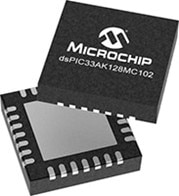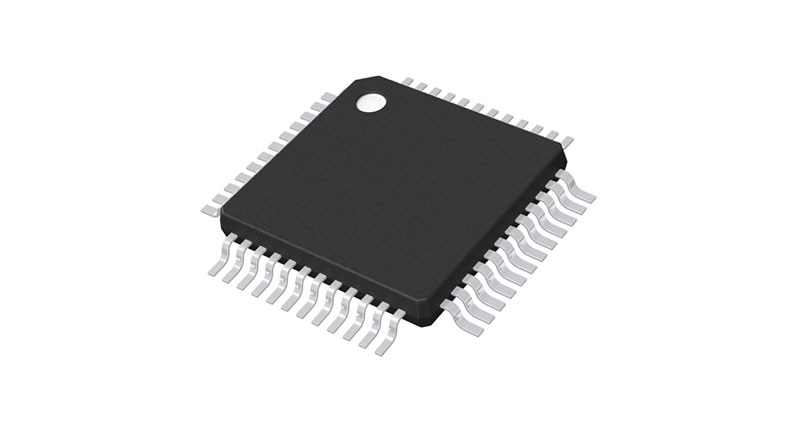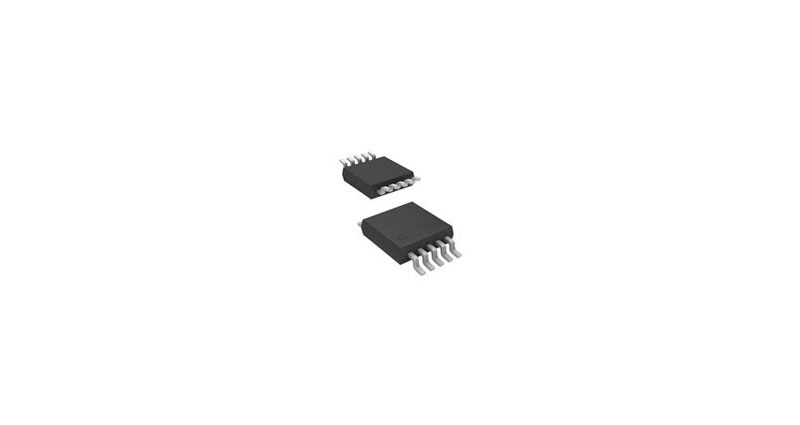Addressing the Energy Demands of AI Servers with Cutting-Edge Technology
As artificial intelligence (AI) continues to evolve, the energy requirements of AI servers are becoming increasingly significant. The rapid growth in AI applications necessitates advanced solutions to manage and optimize power consumption effectively.
AI servers, which are integral to processing vast amounts of data, require substantial energy to operate efficiently. This surge in energy demand poses a challenge for data centers, which must balance performance with sustainability. To address this, innovative technologies are being developed to enhance energy efficiency and reduce the environmental impact of AI operations.
One such advancement is the implementation of sophisticated power management systems. These systems are designed to dynamically adjust power usage based on the workload, ensuring that energy is utilized optimally. By leveraging real-time data and predictive analytics, these power management solutions can significantly lower energy consumption without compromising performance.
Additionally, the integration of high-efficiency power supplies and advanced cooling techniques plays a crucial role in minimizing energy usage. Modern power supplies are engineered to deliver higher efficiency rates, reducing the amount of wasted energy. Meanwhile, advanced cooling methods, such as liquid cooling, offer superior thermal management compared to traditional air cooling, further enhancing energy efficiency.
Microchip Technology is at the forefront of these innovations, providing a range of products and solutions aimed at meeting the energy needs of AI servers. Their commitment to developing energy-efficient technologies is helping to pave the way for more sustainable AI operations.
Advancements in Power Device Technology for AI Servers
Recent innovations in power device technology, including MOSFETs and gate drivers, have significantly improved power conversion efficiency by reducing resistance, accelerating switching times, and enhancing thermal performance. Server Power Supply Units (PSUs) now incorporate advanced wide bandgap devices like silicon-carbide MOSFETs and gallium-nitride FETs, enabling higher switching frequencies and reducing the need for magnetic components. Additionally, server PSUs are transitioning from traditional mechanical relays to solid-state relays, which offer a smaller footprint, increased reliability, and better performance at high temperatures.
The Need for Advanced Controllers with DSP Capabilities
Microcontrollers (MCUs) with integrated Digital Signal Processing (DSP) capabilities are crucial in this technological evolution. These advanced MCUs manage complex algorithms that optimize power management, providing precise control over power supply performance. With real-time data processing, these MCUs can adapt to the fluctuating power demands of AI servers, ensuring efficient power distribution. Microchip’s dsPIC® Digital Signal Controllers (DSCs) are specifically designed to meet the rigorous power conversion and control requirements of PSUs and Power Distribution Units (PDUs) in AI servers and data centers.
Key Features of dsPIC33 DSCs
dsPIC33 DSCs are essential for digital power conversion in data centers, operating at up to 100 MHz per core with a dual-core option and up to 200 MHz with a single-core option. They feature advanced on-chip peripherals for intelligent power supply designs, with main and secondary cores for separate function designs. The secondary core handles latency-critical algorithms, while the main core manages communication and system-level functions. Configurable PWM control inputs support various power topologies, and real-time firmware upgrades are possible. For GPU power supplies, dsPIC DSCs are available in a 4x4 mm package with Corner Anchor, enabling Brick DC-DC qualification for the IPC-9592B spec, and peripheral integration reduces BOM and system costs. High-speed PWM supports sophisticated algorithms for power factor correction, resonant converters, and synchronous rectification, enhancing power supply efficiency. They also enable robust power monitoring, predictive maintenance, and ensure data center uptime through precise measurement, advanced control algorithms, data analysis, and fault management.
dsPIC DSC Features for Digital Power Conversion
These controllers support various communication protocols for seamless integration and feature fast ADCs and interrupt capabilities for quick fault detection and response. dsPIC DSCs enhance energy efficiency in AI servers and data centers by providing precise power conversion control and minimizing energy waste and heat generation. They offer scalability through diverse memory sizes, pin counts, and peripheral options, allowing for customized designs. Microchip supports development with software libraries and tools like MPLAB X IDE, and the high-performance DSP engine and specialized peripherals facilitate advanced digital control loops with minimal external components.
 Microchip’s dsPIC33A DCS. (Image source: Microchip)
Microchip’s dsPIC33A DCS. (Image source: Microchip)
How the New dsPIC33A Core Enables Digital Power Conversion
Advanced applications, such as AI servers, require efficient power management, stringent security, and functional safety measures, necessitating high-performance DSCs. This demand has led to the development of units like the dsPIC33A, with enhanced CPUs operating at higher clock speeds. These DSCs process more instructions per second, enabling quicker response times and sophisticated algorithms crucial for managing power demands and improving data center efficiency. Increased processing power supports advanced control algorithms, enhancing power conversion efficiency and stability. Enhanced monitoring ensures reliability in critical applications. As security threats grow, implementing cryptographic techniques for firmware attestation and device authentication becomes vital, raising memory and performance requirements. The dsPIC33A DSC significantly impacts digital power conversion by offering superior performance, efficiency, and flexibility for modern applications.
Conclusion
The increasing power demands of AI servers present a challenge that can be met with cutting-edge advancements in power technology. Utilizing high-efficiency MOSFETs, sophisticated gate drivers, and dsPIC DSCs equipped with high-performance and advanced peripherals enables the development of power supplies capable of meeting the intensive energy requirements of AI servers. Digital power conversion and advanced algorithms play a crucial role in maintaining peak efficiency for these power supplies. To stay at the forefront of AI server technology, industry leaders and data center operators must invest in state-of-the-art power supply solutions. Embracing these advanced technologies ensures that AI servers not only deliver exceptional performance but also operate with optimal energy efficiency, paving the way for a more sustainable and cost-effective future in high-performance computing.

Have questions or comments? Continue the conversation on TechForum, DigiKey's online community and technical resource.
Visit TechForum










